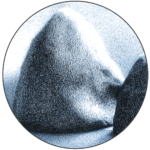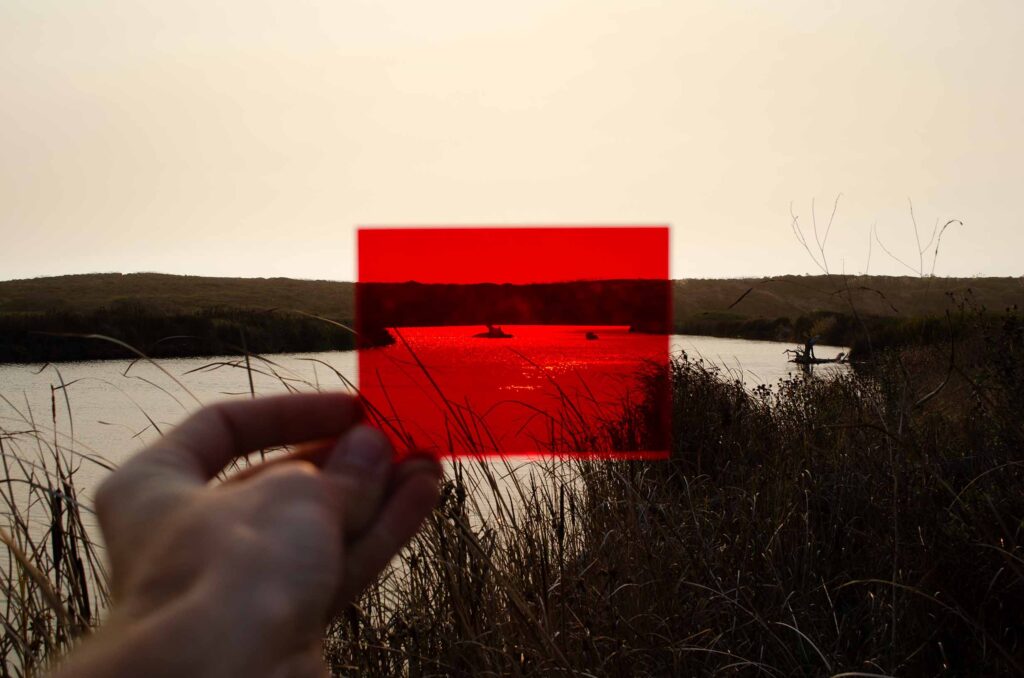
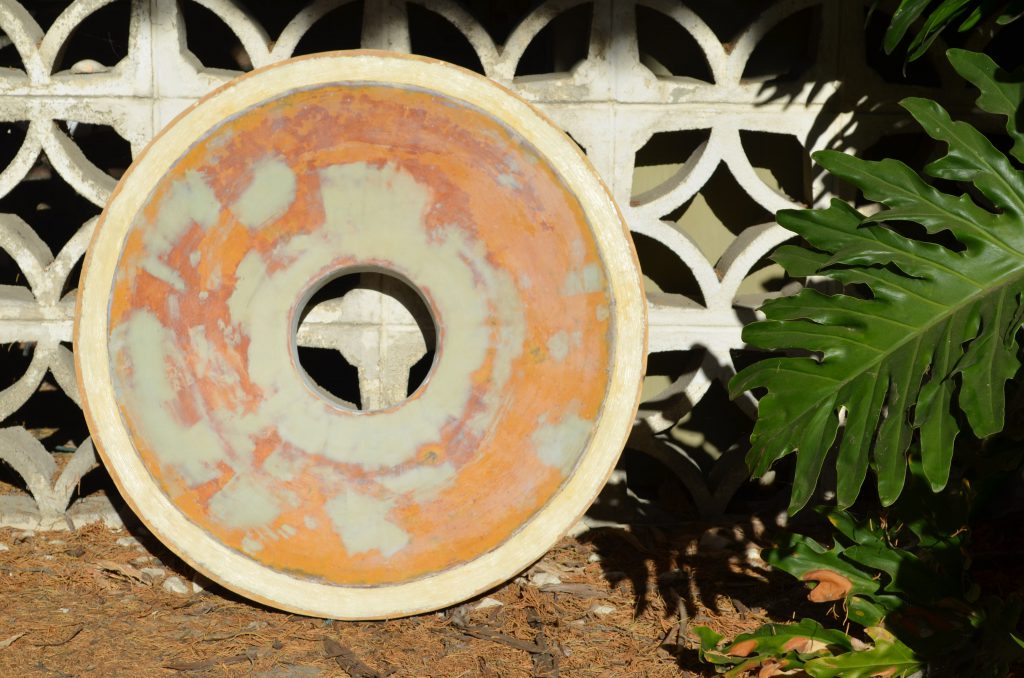
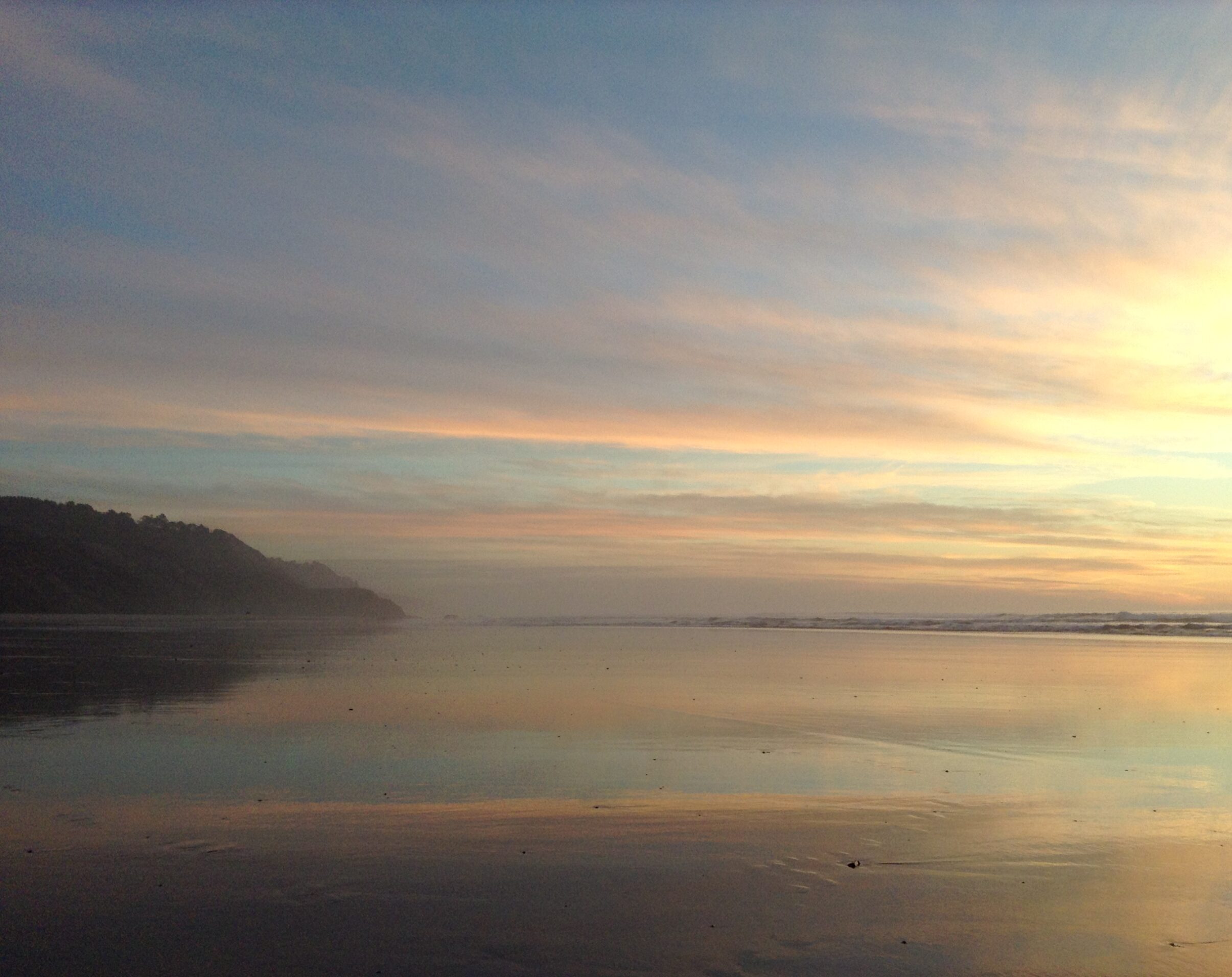
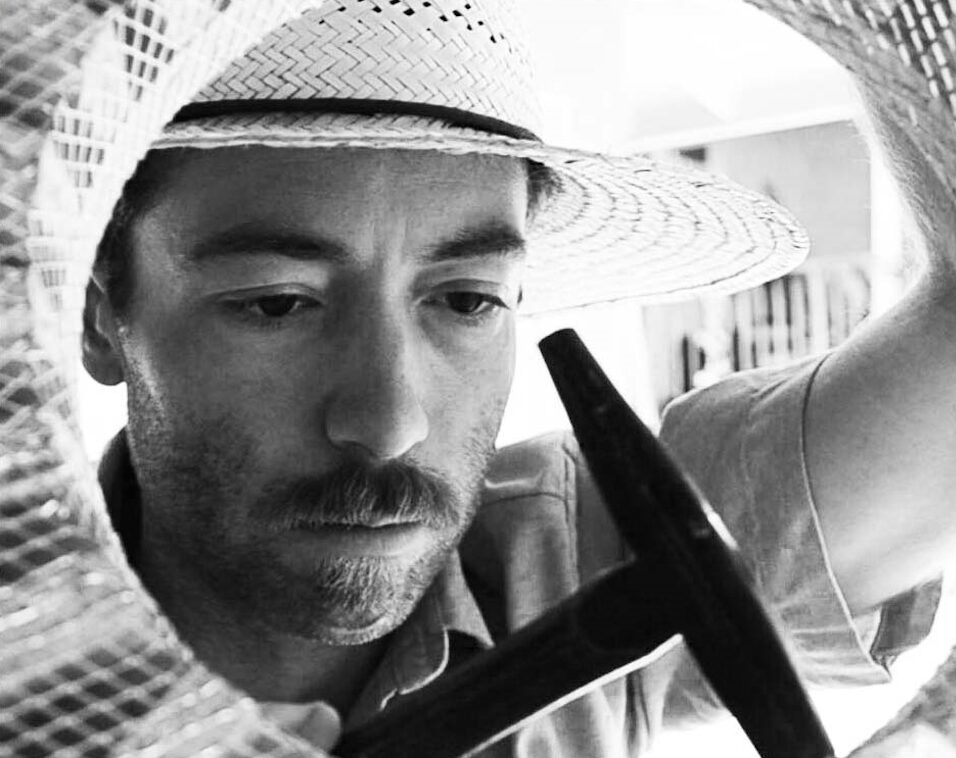
Origins and Process
Cement has always been there in the relative now of our current era. It was sometime after university when a confluence of encounters caused a monumental shift in the way I saw this material, before that, it was mostly irrelevant, located in the background of life, sitting around towns and cities in dusty paper bags. Beyond its practical use, I now see it as a symbol for a common myopia in the world of human awareness. Its place in human history exemplifies a powerful influence, nearly invisible. Everything is connected, everything is important, this is the profound yet simple meaning I found hidden in plain sight, within the story of cement.
I love to make things with my hands, I think a lot of people do. In my view, it is this more than anything that makes us human. We need things, yet it is also the need of more and newer things that moves use closer to an ecologic precipice, though many people are in denial of this fact, deceived by the people who want those things to sell.
Like stone tools, cement is part of the human story, civilization, connected all the way back to the beginning of our becoming something more than we were. The story of cement itself begins from a time before that, starting with aquatic life forms in the primordial sea.
There was also a simplicity in its use that attracted me. No special furnace was required, its stone like potential was already there, locked into the bag, waiting for water. And so it was from these first esoteric excursions into the ever-present mystic glue of modern life that kept me going, towards the production of things in a world with far too many. It was the facts hidden in plain sight that fueled me. There were also some very important people too, connected to that confluence of events. In a large part, it was Dan Geraici who transmitted a passion for this material, though also to things in general. It was with him that I encountered my first mold object in casting cement; constructed by Dan for a woman, Mary Martha Collins, who had commissioned him to make a mold for a 400 pound pot she needed more of. To me these mold objects were unexpected, rudimentary in aspect, with a strange pre-industrial aura. I needed to see what my own molds would look like, there was also something that felt like resistance to the consumer perfection of mass production. These molds were themselves objects of production, yet they were entirely made by hand, growing out of raw materials for a singular purpose, the goal, a void. It was from this secondary goal that the mold object grew without intentional aesthetic, like a strange stone, uncanny yet human, and in the end completely alien. In this way they are similar to the first tools collected by human hands, devoid of embellishment, existing only for some basic function, like a chimps ant collecting stick, just right, picked off the ground. It was the mold object itself that drew me in.
Before all this occurred I took my first breath in Daly City California, because that was the nearest hospital to the rural outer-lands on the southern peninsular of San Francisco Bay. The ‘tech’ rush weighed heavily on the area, but somehow, this region was disconnected enough for a micro-climate of another existence.
It was that other existence that lingered with me after a degree in Biochemistry. And soon, I knew that life wasn’t mine to follow. Despite my inclination towards science, a different future felt essential, the whole big mess of existence in the face of ecological degradation seemed better addressed through something closer to art, something between real life and reality, beyond those sterile white walls. In my view, science was lacking, removed from the needs of everyday people, focused mainly on the material, when I knew it was the immaterial forces, our ego maybe, that was destroying us. It isn’t that science cannot regain its vision, but wealth has a way of aligning purpose, and pushing against that, at least in a small way, felt more possible from another angle.
A longing for science is still there, its importance, the feeling of it. The discipline from its practice is not easily unlearned. But for me, the space that resides between two world was where I needed to go. It’s not clear what that space looks like, or if it is anything more than an idea, but if we are to find a better way forward, that gap must be illuminated.
Currently I live mostly in LA, holding onto visions of the marsh I grew up exploring by foot and watercraft. The marsh has become a symbol of an in-between space. In part because, historically, the marsh exists for humans as a sort of non-place, not land, not water, but instead, ‘wholly unproductive’ (The Earth as Modified by Human Action, Marsh – 1874). A place worthy of paving over. For those who know, the marsh is essential to life, a peripheral zone needed by both creatures on land and sea, a place between two worlds.
Along the way, it’s important to enjoy the view, to resist the push against the commodification of the every moment, this too is essential. There are days I want to eat this view, so it can be part of me forever, though more in a way that the landscape eats me and I become part of it. A likeness is similar to finding your virtual remains on the clouds of the internet, unexpectedly, and remembering again, that you are an actual being living on the face of this slingshot rock, a connected participant in the story of earth.
Following ideas like this I make things, not just concrete, and maybe get a little closer to a feeling you can’t quite put your finger on but could approximate through envisioning another world, then remembering again, that world might be exactly like the one you’re on.
